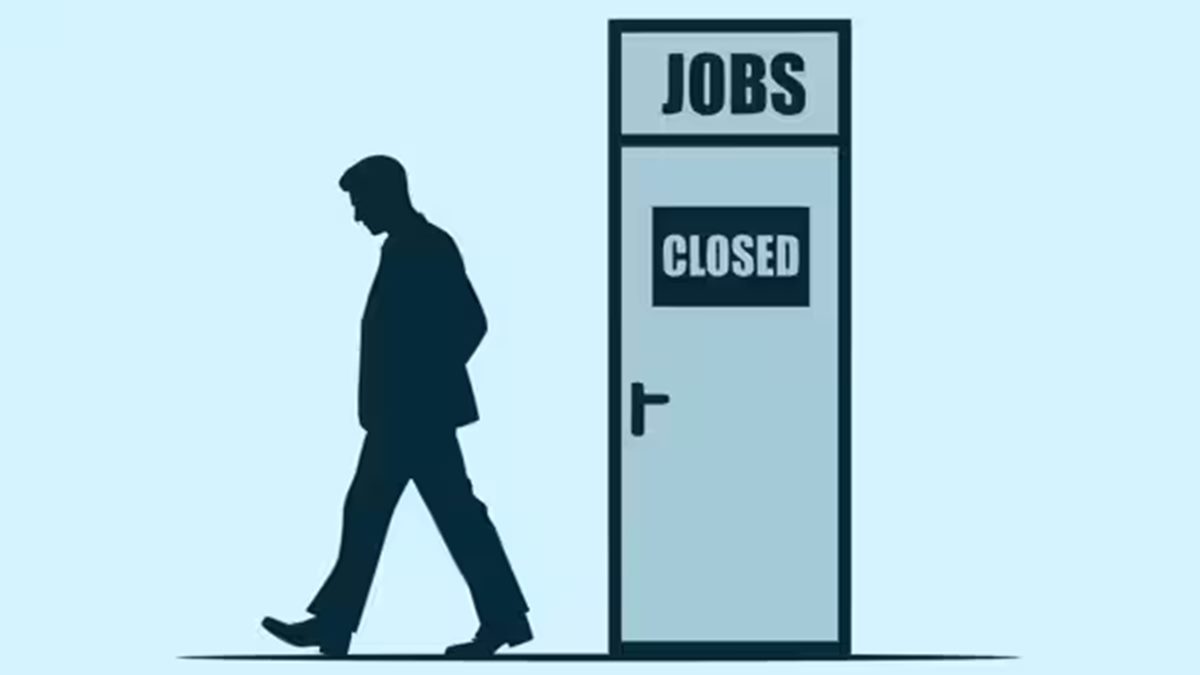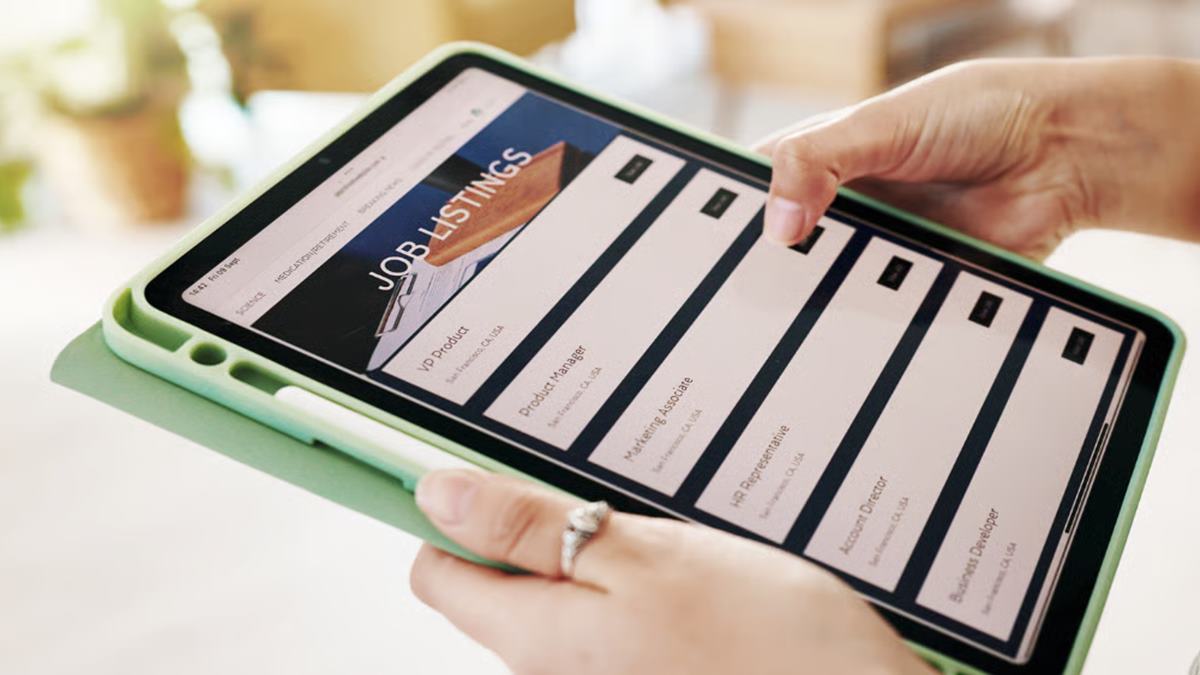In an era of remote work, digital transformation, and generational change, managers are being pulled in more directions than ever. Productivity tools offer promises of seamless coordination, but employees are exhausted. Leadership development programmes emphasize confidence and charisma, while imposter syndrome quietly undermines executive clarity. Ethics training is rolled out at scale, but virtual teams lack accountability.
The reality is, organizations are attempting to approach complex, interdependent challenges as though they were discrete problems. A new model can provide a more enlightened way forward—through recognition of the unseen strings connecting wellbeing, performance, ethics, and leadership.
What If We’ve Been Managing the Wrong Things?For years, employee experience has been analysed into silos by workplace management: job satisfaction, effective leadership, ethics, productivity. Each has its own survey, its own dashboard, its own committee.
But think of this: implementing a new communication device may have streamlined collaboration but also adds to digital fatigue and less meaningful interaction. Or celebrating a top performer may be quarterly numbers that go up, but are they managing leadership insecurity and decision paralysis? These are not singular results—they’re system impacts.
The Integrated Workplace Wellbeing and Performance Framework (IWWPF) reinvents the management of employees by charting seven foundational dimensions of contemporary work that intersect in dynamic, frequently counterintuitive ways:
• Digital stress and moral disengagement
• Social connection and ethical standards
• Technology-mediated performance
• Generational adaptation
• Leadership insecurity paradox
• Role-performance alignment
• Conformity vs innovation dynamics
This is not about HR checklists. It’s about rewiring what we know about teams, engagement, and performance itself.
Work empowered by technology must be empowering. But in reality, it overwhelms.Workers across apps and platforms experience “communication overload”—a term that seems harmless until you understand that it contributes to decision fatigue and moral shortcuts. While research has demonstrated that under digital pressure, individuals are more probable than before to rationalize questionable behaviour, push blame elsewhere, or disengage emotionally from coworkers.
One healthcare system, in the process of computerizing patient records, saw a drastic increase in medical mistakes. Why? Employees had less time for consultation, and more incentive to “click through” forms. Efficiency was the goal. Burnout—and ethical decay—was the result.
What altered their course wasn’t more training alone. It was establishing sheltered “deep work” hours, constructing digital cooldown phases, and preventing moral choices from being hurried.
Beyond Team Bonding: Why Connection Fuels Ethics
Social connection is not merely about job satisfaction. It’s a moral framework.
In high-trust cultures, workers are better at bringing up problems, reporting wrongdoing, and helping one another make tough choices. But remote and hybrid workplaces tend to eliminate spontaneous interactions—the watercooler chat that reminds us of common values.
The IWWPF champions systematic but people-centred methods to build such a connection. One financial services company, managing a hybrid future, applied “peer shadowing” across generations: junior staff assisted older staff with technology, while older mentors shared sophisticated moral judgment and client relationship tactics. Trust flew through the roof. So did performance.
The Myth of the Always-Confident Leader
Leadership clichés depict executives as confident and risk-taking. But statistics reveal a different reality. Numerous high-achieving leaders suffer from imposter syndrome—particularly during periods of change.
Leadership insecurity, surprisingly, is not always a failing. According to research, mild self-doubt can fuel improved decision-making. Questioning leaders ask more questions, solicit more feedback, and construct more diverse teams.
The risk is in extremes. Leaders who cover up insecurity behind bluster isolate teams. Those who allow it to simmer in silence exhaust themselves.
IWWPF pilot organization groups achieved success by confronting this paradox directly. Executive coaching targeted not the removal of insecurity, but its reinterpretation as stimulus to empathy, preparation, and learning. The outcome? More realistic, resilient leaders.
Generational Diversity Is a Hidden Asset—If You Use It Right
Forget the myth of the digital native. Younger workers may master new technology, but older workers usually best them on intricate, high-stakes platforms that demand patience and subject-matter knowledge.
Rather than view age as something to be overcome, IWWPF turns it into a strategic strength.
Use the case of an international law firm moving to virtual arbitration. Older partners grappled with digital tools; junior personnel didn’t see complex client negotiation. A generation-spanning task force was created to co-design technology workflows, mentor one another, and debrief results. Productivity increased. So did trust across generations.
When Productivity Masks Performance Decline
The most surprising observation of the framework might be this one: you can appear productive while secretly failing.
One plant for chemicals found that a group with great output statistics was condensing six hours of work into four and then taking two hours “informally off break.” Management admired their “efficiency.” The system actually rewarded individual benefit over group work in practice.
It’s not a unique anecdote. In industries across the board, when only individual performance is measured, teamwork collapses. Workers pick and choose fun assignments, shun difficult discussions, and manage up rather than across.
The IWWPF invites organizations to redefine success: construct measures that incentivize collective output, not mere individual effort. Acknowledge collective responsibility. Honour unseen work, such as covering a colleague’s back or mentoring a peer.
How to Implement the Framework—Without Overwhelming the System
IWWPF is not a one-size-fits-all diagnostic. It’s a systemic lens.
Begin with assessment integration—surveys that ask more than satisfaction questions, inquiring into moral engagement, digital distress, connection, and leadership alignment. Leverage interviews and behavioural metrics (such as after-hours email usage) to dig deeper.
Next, co-design interventions:
• Combine digital transformation with ethical thinking spaces in workflows.
• Train leaders to voice—not mask—their doubt when they should.
• Establish cross-generational mentor networks centred on mutual learning.
• Guard time for intense work and restoration, not merely production.
Most importantly, track progress in several areas. Don’t applaud for engagement scores while ethical conduct is fading. Don’t drive productivity when health metrics are falling.
What This Means for the Future of Work
The contemporary workplace is more dependent than ever. Wellbeing has an impact on performance. Performance impacts ethics. Ethics influence trust. Trust drives innovation.
Firms that approach these as threads that are interwoven—not checkboxes—will outcompete the competition not only in productivity, but in resilience, culture, and long-term success.
A symphony isn’t measured by how loudly each instrument plays. Workplaces need to be measured on how well all the pieces fit together.
The IWWPF does not supply instant fixes. It provides clarity in complexity. And within that clarity, there is power.




















